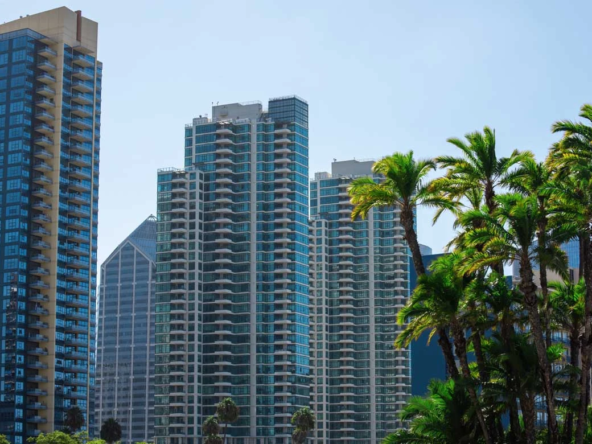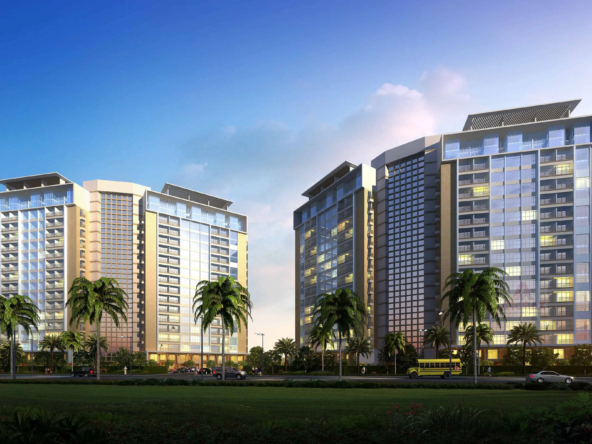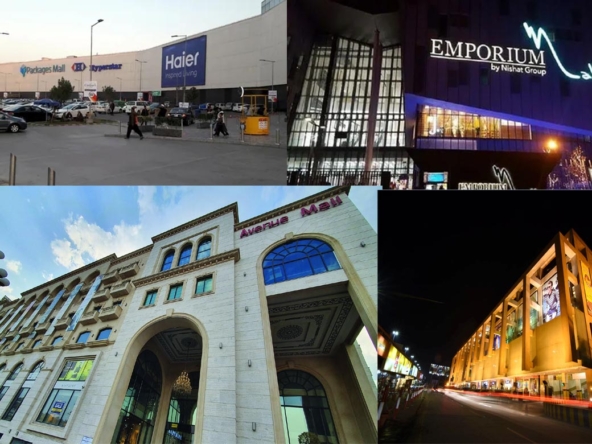Buying property in Pakistan is one of the most important financial choices you will ever make. You want confidence that your money grows over time. You also want security that your decision aligns with market trends. Many people are asking the same question in 2025. Where is the property market in Pakistan heading?
You will find the answer in this detailed forecast. You will see the economic drivers, city-wise growth, technology shifts, and investment risks. You will also read expert-backed predictions that guide you toward safe decisions.
Why should you care about Pakistan’s property outlook in 2025?
It is important to know why timing matters in real estate. Prices rise when supply falls short of demand. Pakistan faces exactly that. Reports from the State Bank of Pakistan confirm a yearly gap of over 200,000 housing units between supply and demand. This shortage creates upward pressure on property values.
You should also remember inflation. When the rupee loses value, investors shift to assets like property to protect wealth. Harvard Business Review explains that in uncertain economies, physical assets often outperform liquid investments. That fact applies directly to Pakistan’s urban real estate.
How is Pakistan’s economy shaping the real estate market?
You need to look at the wider economy before investing. Pakistan’s GDP growth projection from the World Bank stands at around 3% for 2025. Inflation remains above 20% but is slowing compared to 2023. That signals gradual stability.
Foreign remittances also play a major role. Data from the Pakistan Bureau of Statistics shows that overseas Pakistanis sent over $27 billion in 2024. A large share flows into real estate because families prefer tangible assets.
Currency fluctuations matter too. Every 1% depreciation of the rupee often increases the demand for property as a hedge. That means investors turn to housing projects in Lahore, Islamabad, and Karachi when financial markets look risky.
What price trends should you expect in 2025?
It is important to know where prices are heading. Current projections suggest:
- Residential plots in major cities will see 10–12% annual growth
- Luxury apartments in Lahore and Islamabad may grow by 15% due to rising urban demand
- Commercial property will show 8–10% growth depending on location
Reports from JLL and Knight Frank also highlight strong demand in South Asian property markets, with Pakistan among the top five for affordability-adjusted returns.
Personal note: A client of Prime Land Properties bought a 10-marla plot in Lahore’s outskirts in 2022. By 2025, its value had doubled. This is not unusual. It shows the potential of early entry.
Which cities will lead Pakistan’s property boom?
You need clarity on city-wise growth.
- Lahore remains the top choice for gated communities, DHA phases, and smart city projects.
- Karachi leads in commercial real estate due to its port economy and industrial base.
- Islamabad grows due to smart city developments and government housing projects.
How will overseas Pakistanis influence the 2025 market?
It is important to understand the overseas role. Remittances remain Pakistan’s economic backbone. The State Bank of Pakistan confirms over 60% of remittances go toward real estate and construction.
Overseas buyers seek safe, regulated projects. LDA and RDA approvals act as trust signals. For example, many expatriates in the UK and UAE choose Lahore Smart City because of its transparent documentation.
Personal experience: One of our overseas clients from Dubai wanted a secure property for his parents. He trusted Prime Land Properties because we verified approvals and guided him through safe investment options. That shows how credibility matters.
What role will technology and regulations play?
You cannot ignore the role of digital tools. Pakistan is moving toward digital land registries. Punjab has already digitized large parts of its land records. This cuts fraud and speeds transactions.
PropTech also enters the market. Virtual tours, AI-based property valuations, and real estate apps make decision-making easier. According to UN-Habitat, PropTech adoption in developing countries can increase transparency by 40%.
Regulatory reforms also matter. The FBR continues to enforce tax documentation for property transactions. That discourages undocumented deals and protects serious investors.
What are the top investment opportunities in 2025?
You should focus on sectors with high potential.
- Gated communities with modern facilities
- Smart city projects like Capital Smart City and Lahore Smart City
- Affordable housing schemes targeting middle-income families
- Commercial plazas near CPEC routes for long-term trade growth
What risks should buyers and investors be aware of?
You need to stay alert to risks.
- Political instability may delay projects
- Regulatory changes can affect tax rates
- Currency volatility impacts overseas buying power
Example: Property prices dipped in mid-2022 during political unrest. Yet stable projects regained value within a year. That shows the importance of developer credibility and location.
FAQs
Will property prices go up in Pakistan in 2025?
Yes, most expert predictions show growth between 10–15% across urban centers.
Which city in Pakistan is best for real estate investment in 2025?
Lahore, Karachi, and Islamabad lead the market due to demand, infrastructure, and smart city projects.
How will CPEC impact real estate?
CPEC routes boost commercial property demand along highways and industrial hubs.
Is real estate safe for overseas Pakistanis?
Yes, if you choose verified projects with LDA or RDA approval.
Conclusion – How should you plan for 2025?
You should approach 2025 with clarity. Prices are rising, yet opportunities remain. Smart cities, gated communities, and commercial hubs offer the best balance of safety and return.
Contact Prime Land Properties, we provide verified options, updated data, and personal guidance. You will save time and avoid risks when you work with professionals.





